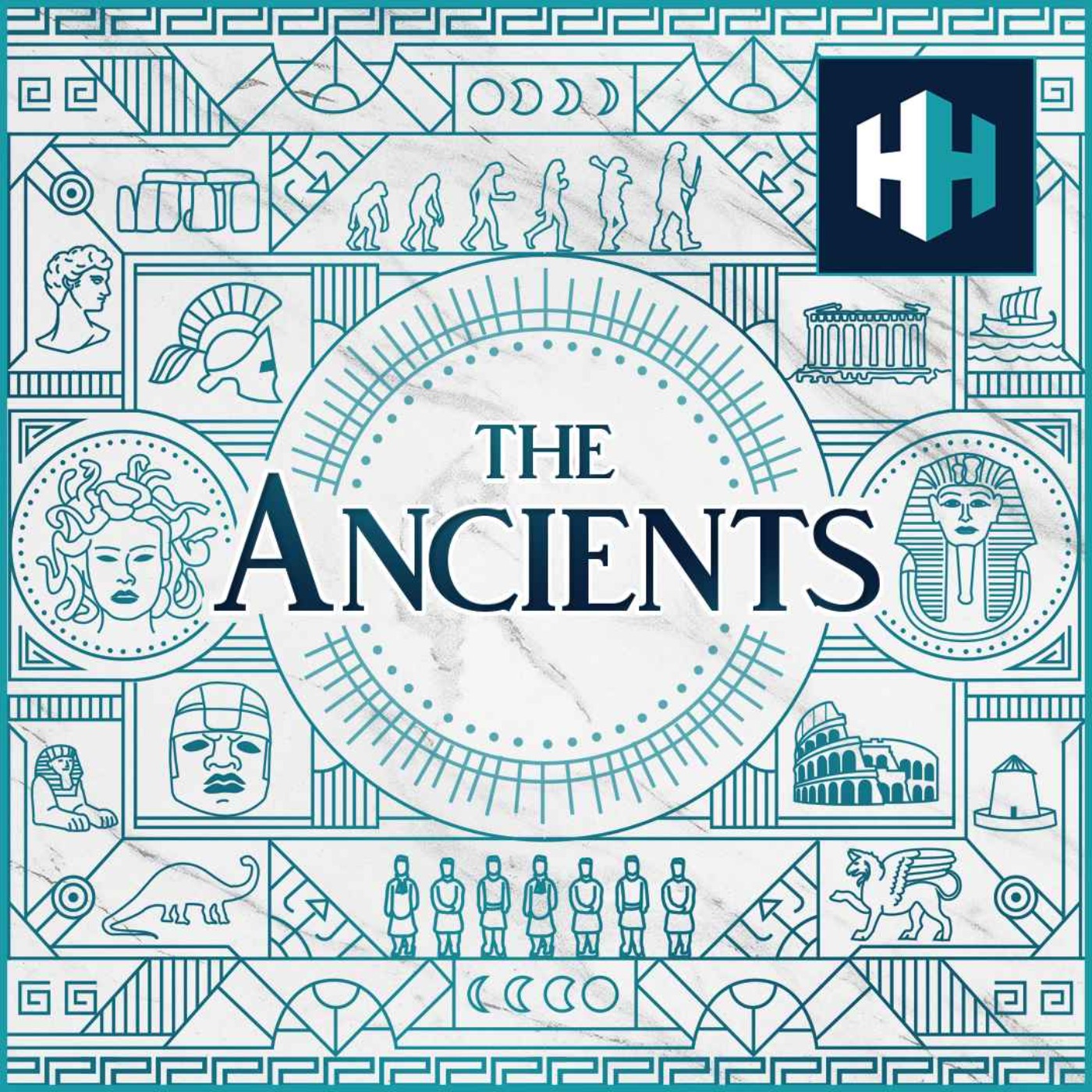
Key Insights
Why did the story of the Tower of Babel originate?
The story originated as a way for Jewish scribes in exile in Babylon to deal with their current experiences and to create a national history, incorporating their surroundings and the great monuments of Babylon, such as the ziggurats.
What is the significance of the ziggurat in the Tower of Babel story?
The ziggurat, a step pyramid with a shrine at the top, symbolized the connection between heaven and earth in Mesopotamian culture. It was believed to be a divine staircase for gods to descend, which influenced the biblical narrative where God comes down to see the tower built by mortals.
How did the Babylonian exile influence the writing of the Hebrew Bible?
During the Babylonian exile, Jewish scribes wrote national histories, including the stories of Moses, Jacob, and the Tower of Babel, to maintain their identity and hope for a future return to Jerusalem. These stories were influenced by their experiences in Babylon and the surrounding culture.
What role did Babylon play in the New Testament?
In the New Testament, Babylon is used as a metaphor for Rome in the book of Revelation, symbolizing the wickedness and eventual downfall of the Roman Empire. This usage reflects the ongoing influence of the Tower of Babel story in Christian thought.
How did the Tower of Babel story influence later European art?
The Tower of Babel became a significant subject in Northern European art during the 16th century, particularly in the works of Peter Bruegel the Elder. His paintings depicted the tower as a symbol of human hubris and the corruption of monarchy and religion, reflecting the political and religious tensions of the time.
What is the connection between the Tower of Babel and modern language learning?
The concept of the Tower of Babel has been modernized in the idea of the 'Babelfish' from Douglas Adams' Hitchhiker's Guide to the Galaxy, a fictional device that allows instant language translation. This concept has influenced the naming of language learning platforms and tools, keeping the legacy of the Babel story alive.
Why is the study of Mesopotamia important for understanding the Bible?
The study of Mesopotamia provides historical context and influences that shaped the biblical texts. Understanding the cultural, religious, and architectural aspects of Mesopotamia helps to see how the stories in the Bible, such as the Tower of Babel, were formulated and what they symbolize.
Chapters
- The story is found in Genesis 11:1-9.
- Humans attempt to build a tower to reach heaven, leading to God's intervention.
- God confuses their language, causing them to scatter and stop building the tower.
Shownotes Transcript
The Tower of Babel story is iconic. Featured in the Book of Genesis, it explains how different languages came to be across the world. But what are its origins?
Join Tristan Hughes and Prof. Lloyd Llewellyn-Jones in this special episode of The Ancients - recorded live at the London Podcast Festival - as they delve into the biblical roots of the myth and uncover the real archeological remains that inspired the fable. They explore how ancient ziggurats influenced depictions of the tower, discuss the intersection between history and faith and discover how age-old texts and modern archaeology combine to unravel the mysteries behind the story of the Tower of Babel.
Presented by Tristan Hughes. The producer is Joseph Knight, audio editor is Aidan Lonergan. The senior producer is Anne-Marie Luff.
The Ancients is a History Hit podcast.
Sign up to History Hit for hundreds of hours of original documentaries, with a new release every week and ad-free podcasts. Sign up at https://www.historyhit.com/subscribe).
You can take part in our listener survey at https://uk.surveymonkey.com/r/6FFT7MK).
Music courtesy of Epidemic Sound.
